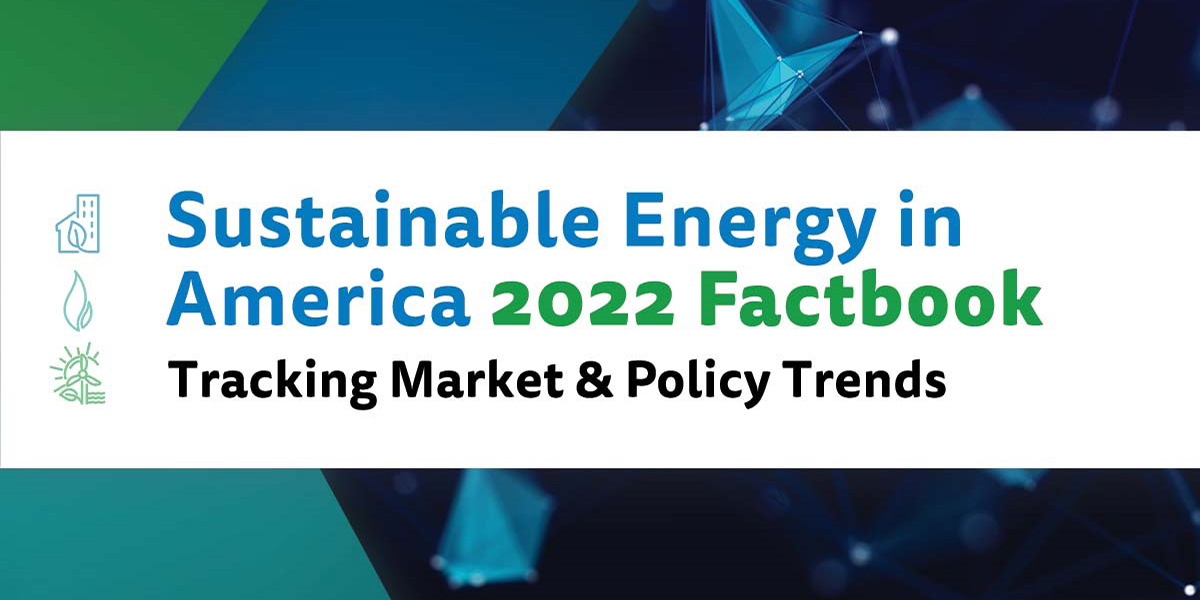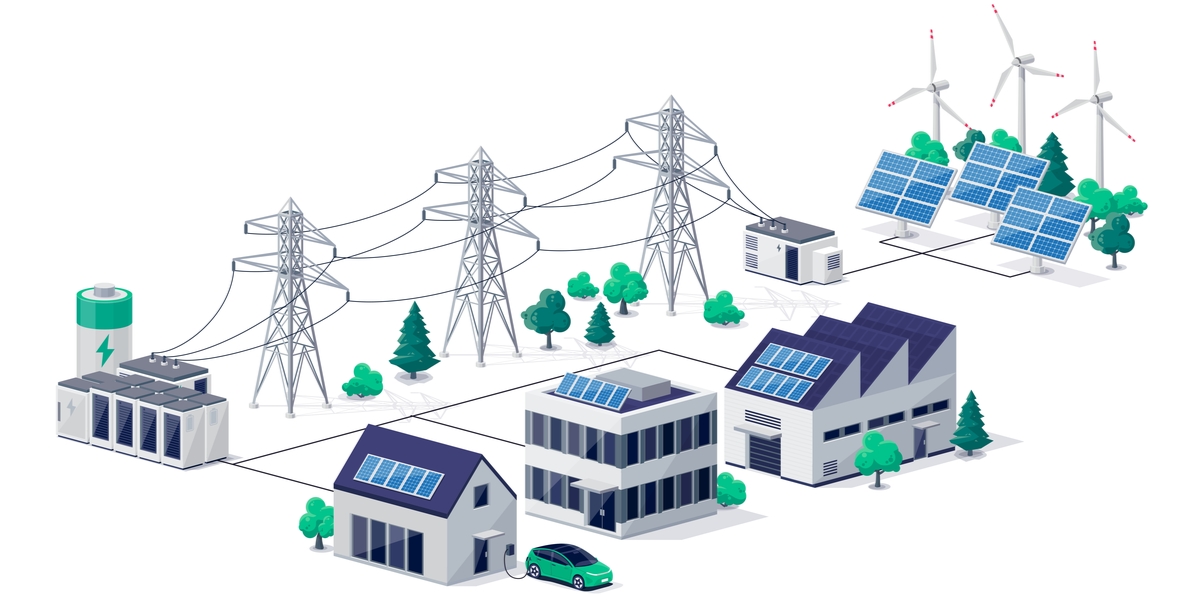Boosting the Economy & Reducing Emissions with the Anticipated 111(d) Standard
Let's Save Energy
Alliance to Save Energy's Blog
Boosting the Economy & Reducing Emissions with the Anticipated 111(d) Standard

EPA’s much anticipated 111(d) proposal for existing power plant carbon dioxide (CO2) emissions standards is out. While we’ve only had a first look, we’re pleased that EPA and the Administration embrace and promote energy efficiency—our cheapest, cleanest, most reliable and most readily available energy resource.
EPA and the Administration listened to us and a diverse set of voices in allowing states flexibility, including the flexibility to work together to meet standards.
Flexibility allows states—individually and, if they so choose, jointly—to tailor implementation to best address their particular contexts. Energy efficiency programs and policies are a wise approach for states to achieve emissions reductions while boosting their economies and strengthening energy reliability and security.
The EPA proposal would allow states to build on existing energy efficiency experience as well as to develop new programs and policies. About half the states have energy efficiency resource standards (EERS) or similar policies that are yielding cost-effective savings while, oh, by the way, reducing emissions.
Source: ACEEE. Energy efficiency data represent the results of this analysis for utility program costs (range of four-year averages for 2009-2021); supply costs are from Lazard 2013. |
Recent studies of utility efficiency programs confirm that using energy more efficiently is considerably cheaper than supplying energy, reinforcing that efficiency is our lowest cost energy resource and should be viewed as our first fuel. U.S. electric utilities reported cost-effectively saving the energy needed to power over 12 million homes while avoiding nearly 90 million metric tons of CO2 emissions in 2012.
States can also use building energy codes, industrial efficiency programs, energy service performance contracts, tax incentives, and other tools to save energy while saving money, supporting local jobs, decreasing emissions, reducing grid vulnerabilities, and modernizing buildings and industry.
Our colleagues at the American Council for an Energy-Efficient Economy (ACEEE) found that four major state level policies—energy efficiency savings targets, up-to-date building energy codes, enhanced combined heat and power (CHP), and state level product efficiency standard—could, by 2030, lower power sector CO2 emissions 26% compared to 2012 while creating over 600,000 jobs and adding over $17 billion to GDP.[1]
States can achieve even greater benefits if they work together. The Alliance applauds EPA for allowing and encouraging states to collaboratively address emissions (as a number of Northeastern states are already doing) while working to assure energy reliability and affordability.
We are pleased that the EPA 111(d) proposal seems consistent with the “Principles for Including Energy Efficiency in 111(d) of the Clean Air Act” signed by the National Association of Clean Air Agencies (NACAA), the National Association of Regulatory Utility Commissioners (NARUC) and the National Association of State Energy Officials (NASEO). That EPA and the principal organizations of state air quality regulators, public utility commissioners and energy offices all agree that energy efficiency can play a big, positive role for the economy as well as the environment is propitious.
The Alliance looks forward to continuing engagement with EPA, states, businesses, non-governmental groups, and other stakeholders to advance energy efficiency’s role for achieving environmental, economic, and energy reliability benefits.
[1] In turn, economy-wide energy efficiency gains leading to a doubling of energy productivity (i.e., the amount of GDP generated per Btu of energy consumed) by 2030 could save Americans $327 billion, grow 1.3 million jobs, boost GDP up to 2%, and reduce greenhouse gas emissions by a third (vs. 2005) according to modeling performed for the Alliance to Save Energy.
STAY EMPOWERED
Help the Alliance advocate for policies to use energy more efficiently – supporting job creation, reduced emissions, and lower costs. Contact your member of Congress.
Energy efficiency is smart, nonpartisan, and practical. So are we. Our strength comes from an unparalleled group of Alliance Associates working collaboratively under the Alliance umbrella to pave the way for energy efficiency gains.
The power of efficiency is in your hands. Supporting the Alliance means supporting a vision for using energy more productively to achieve economic growth, a cleaner environment, and greater energy security, affordability, and reliability.




